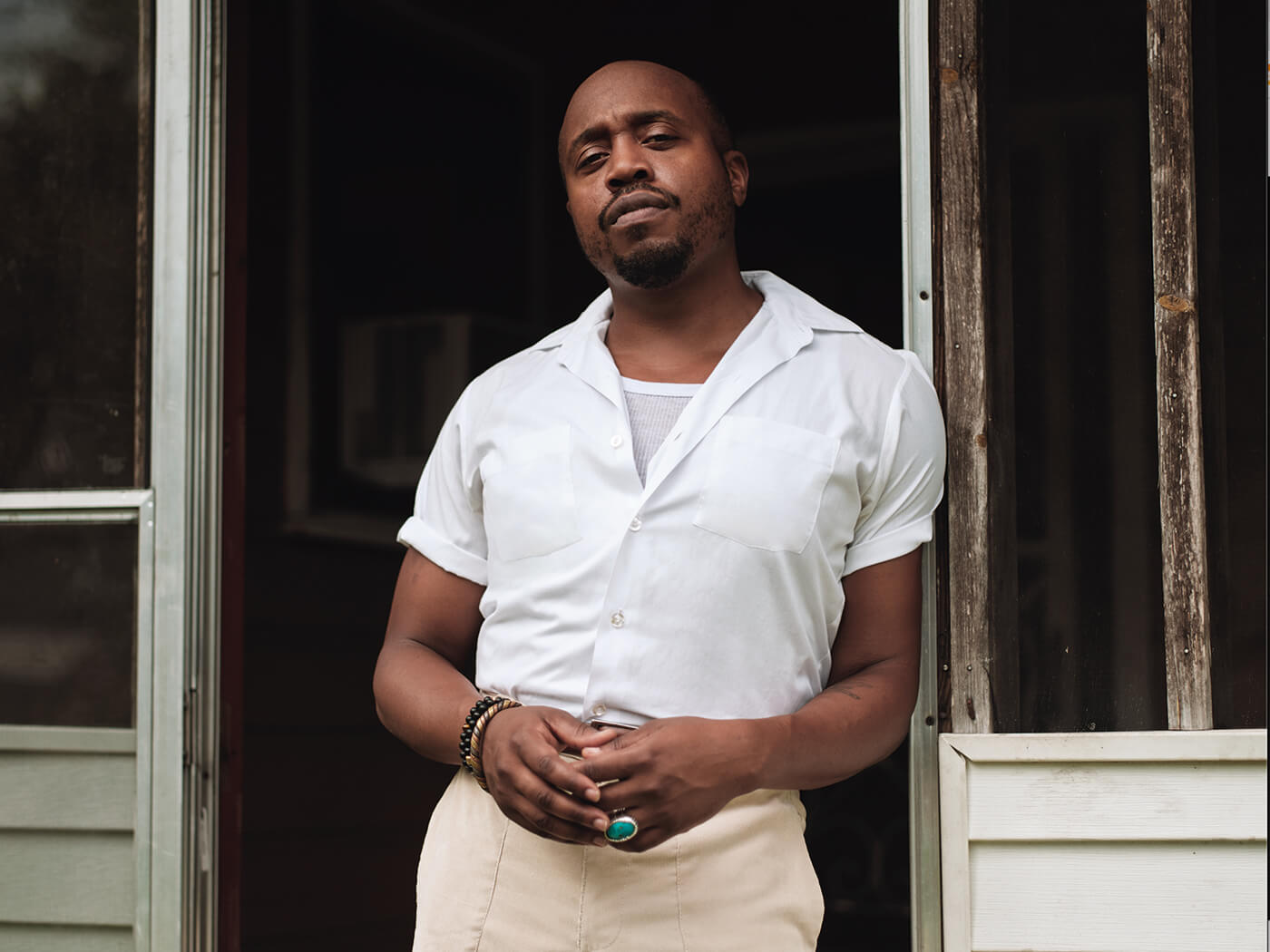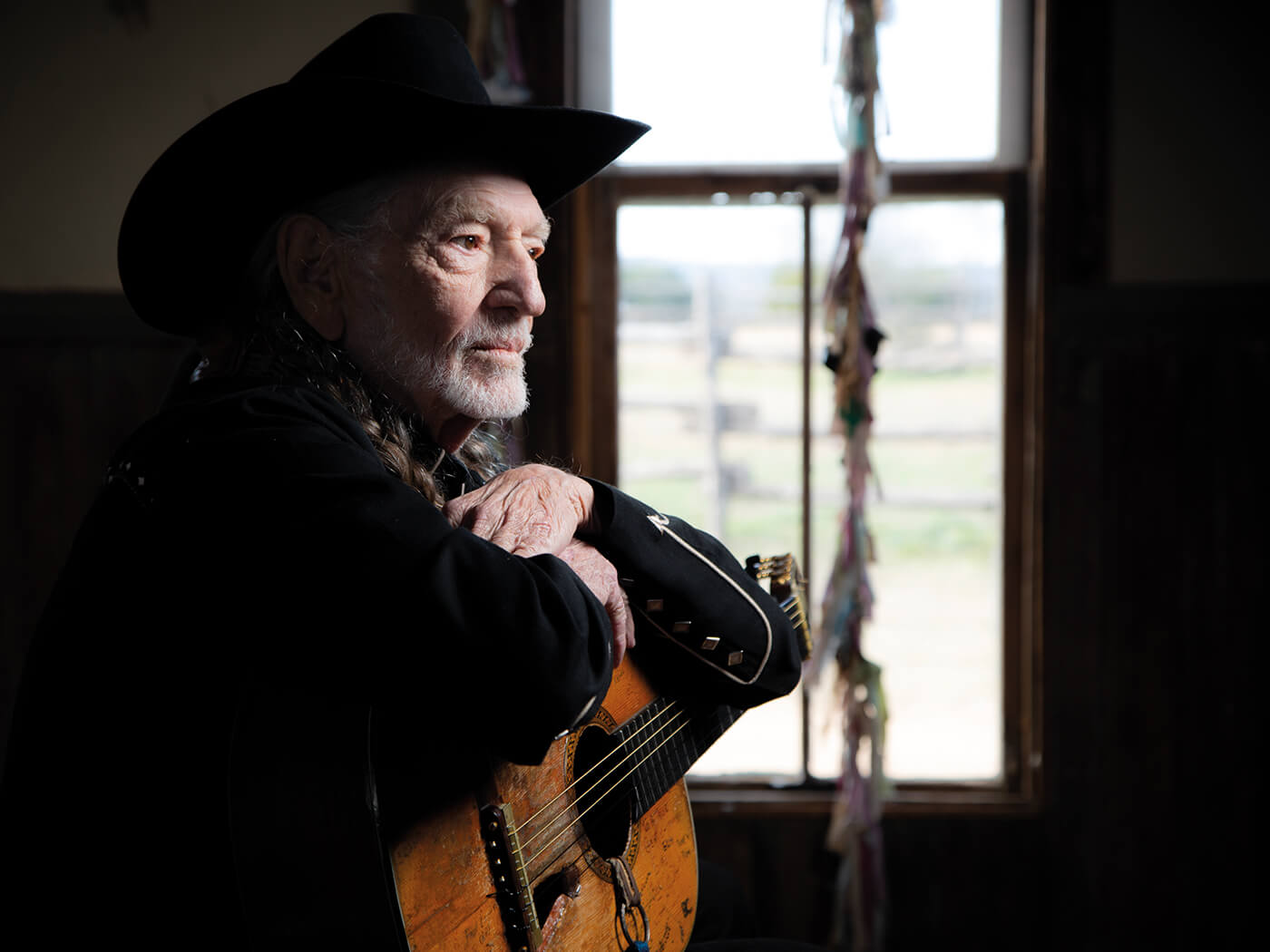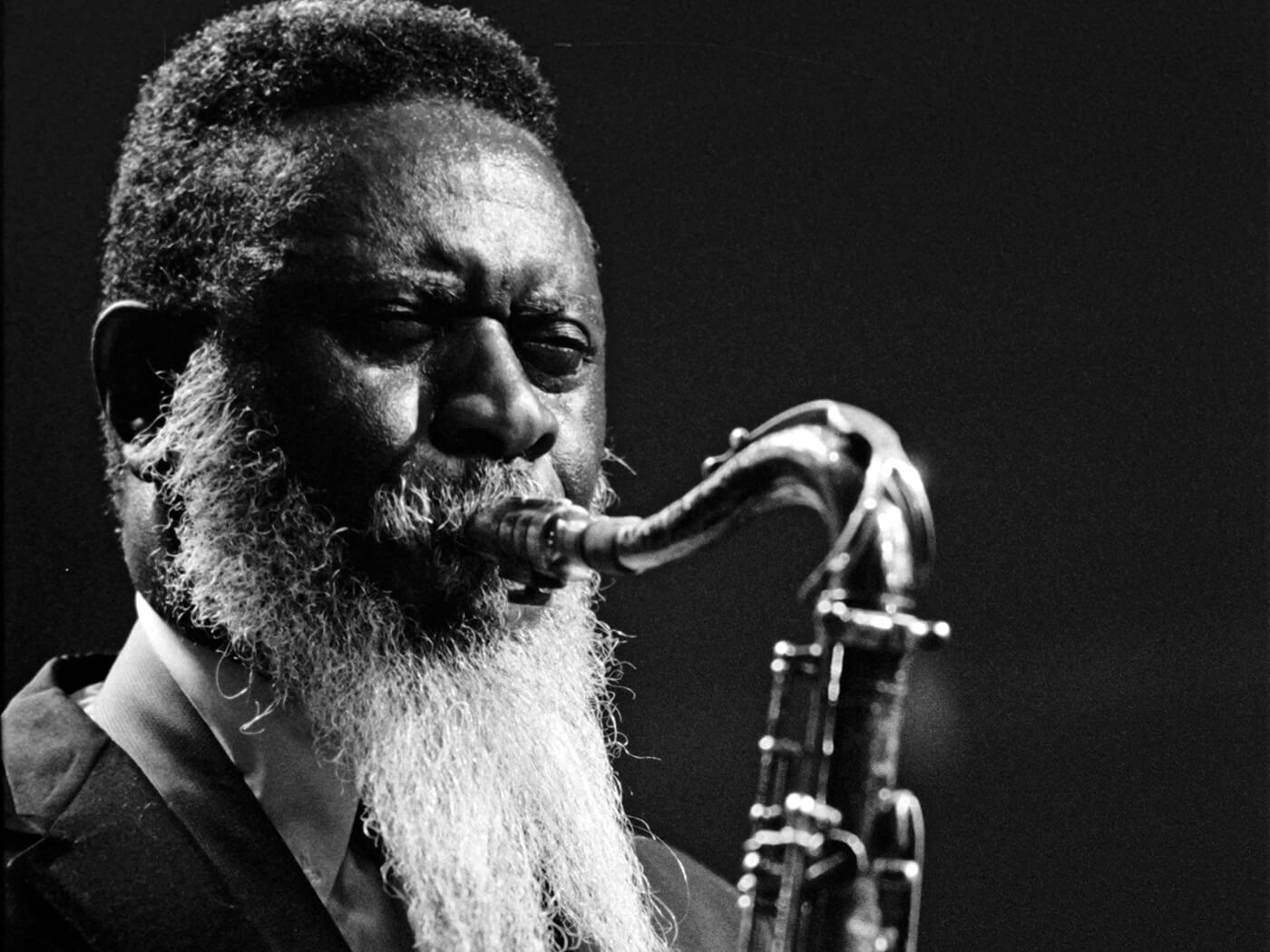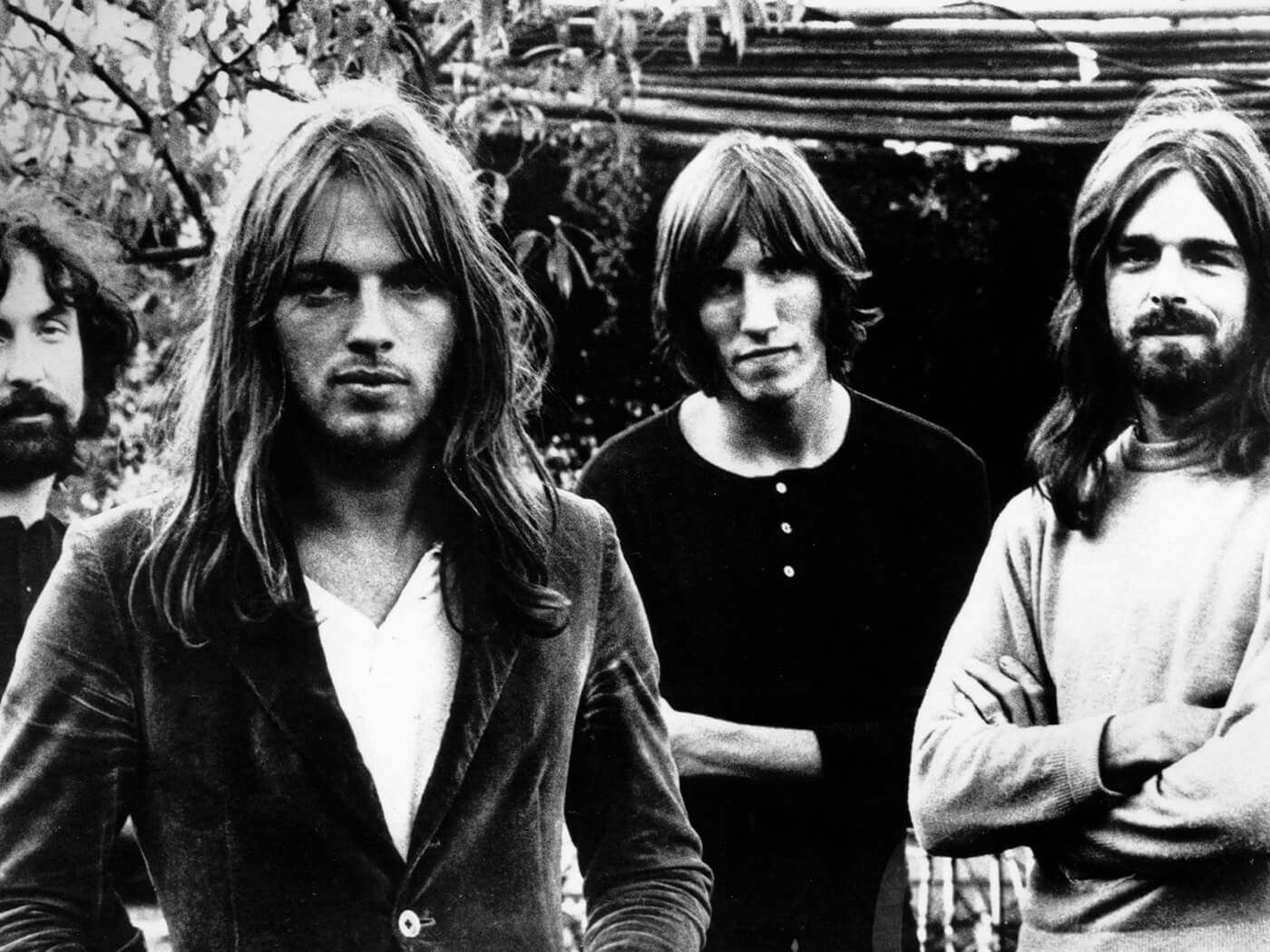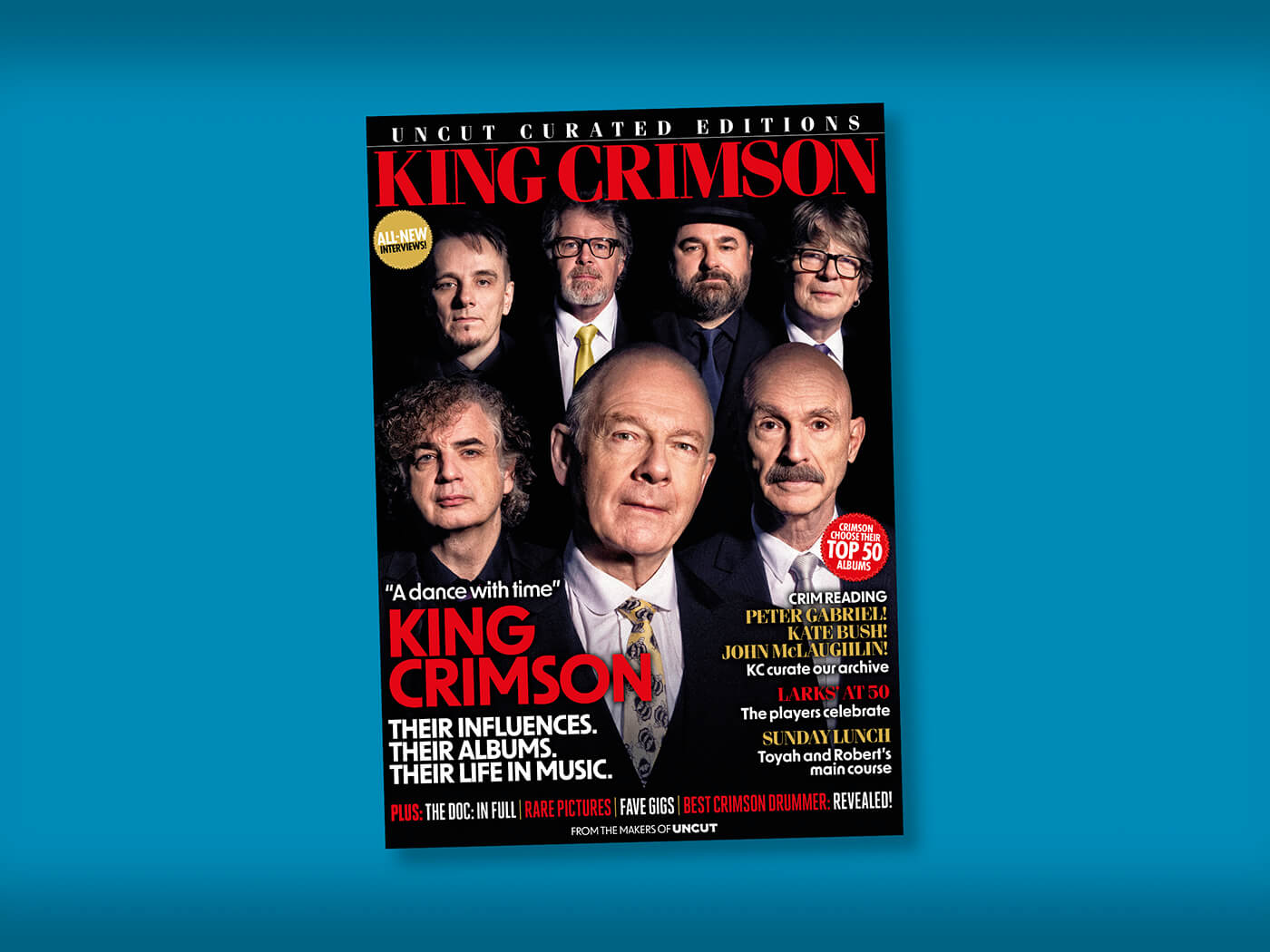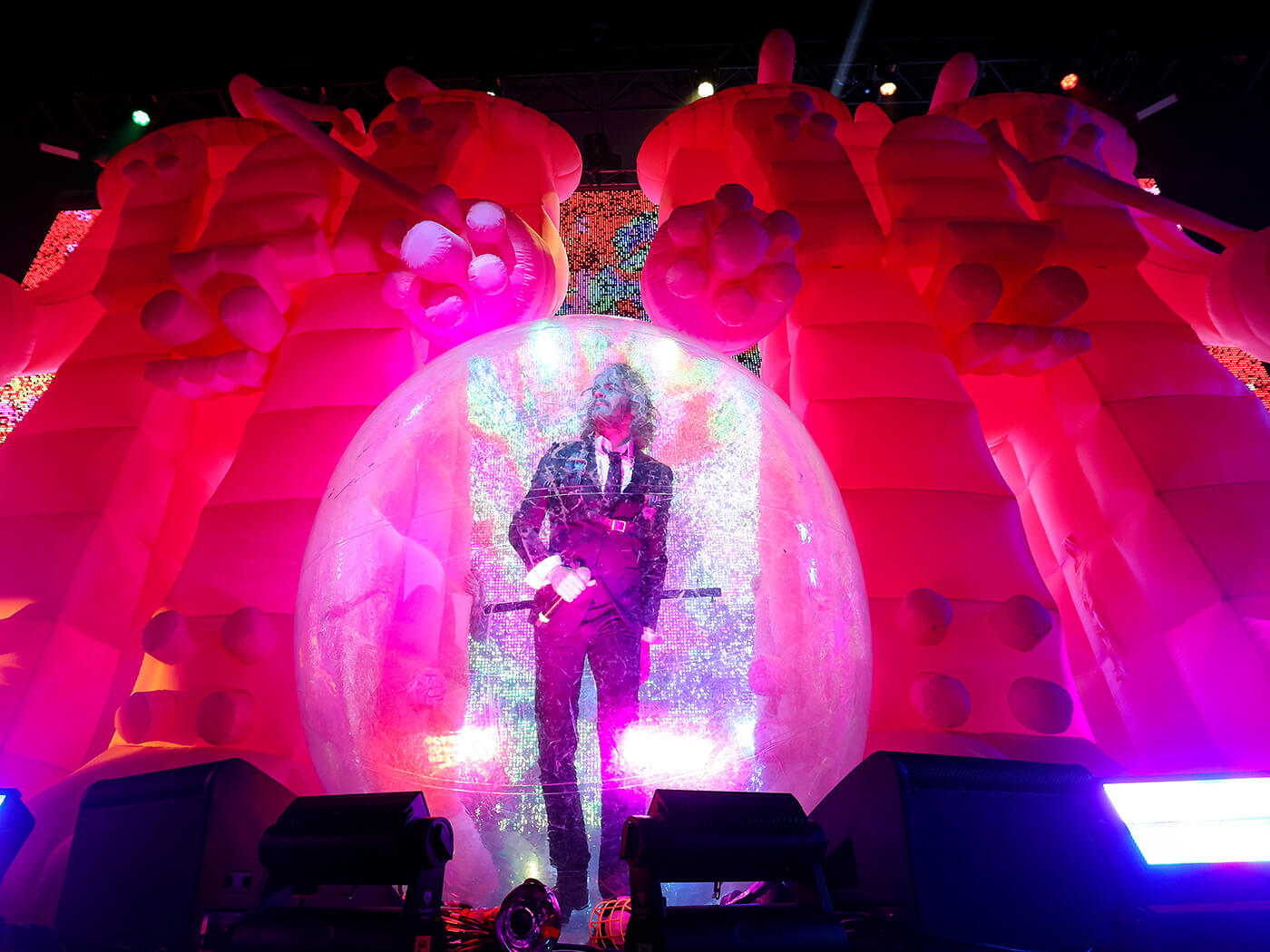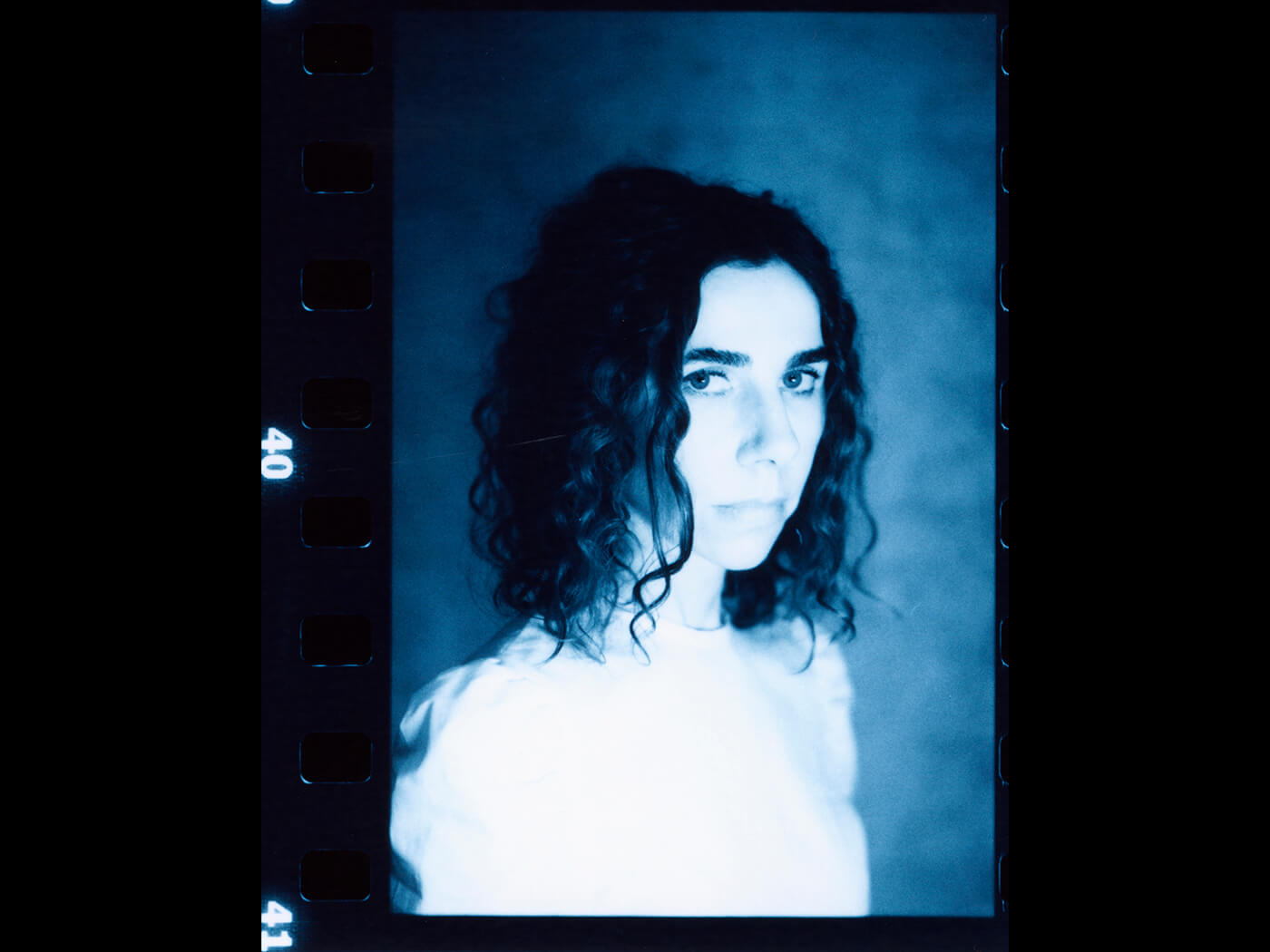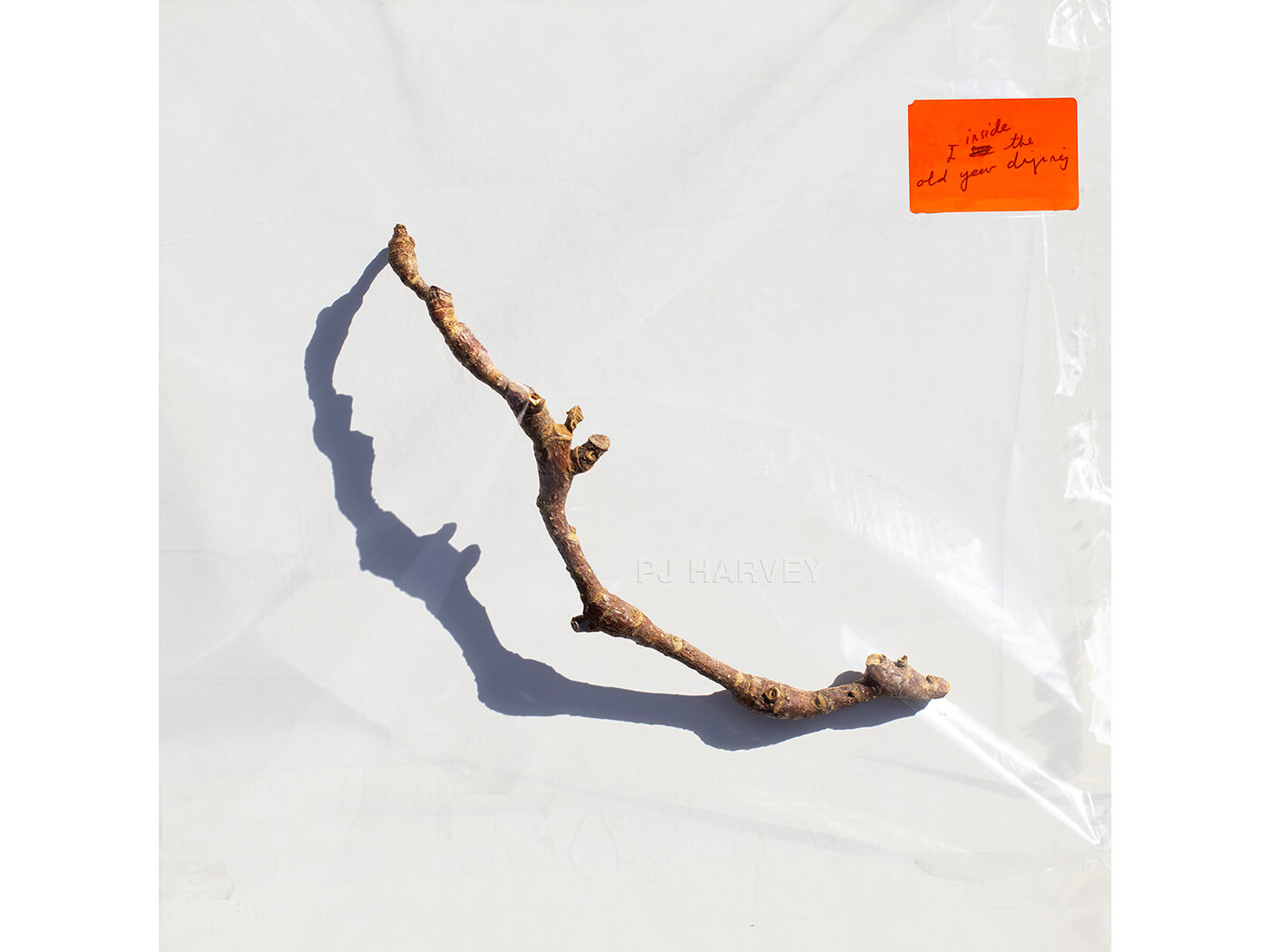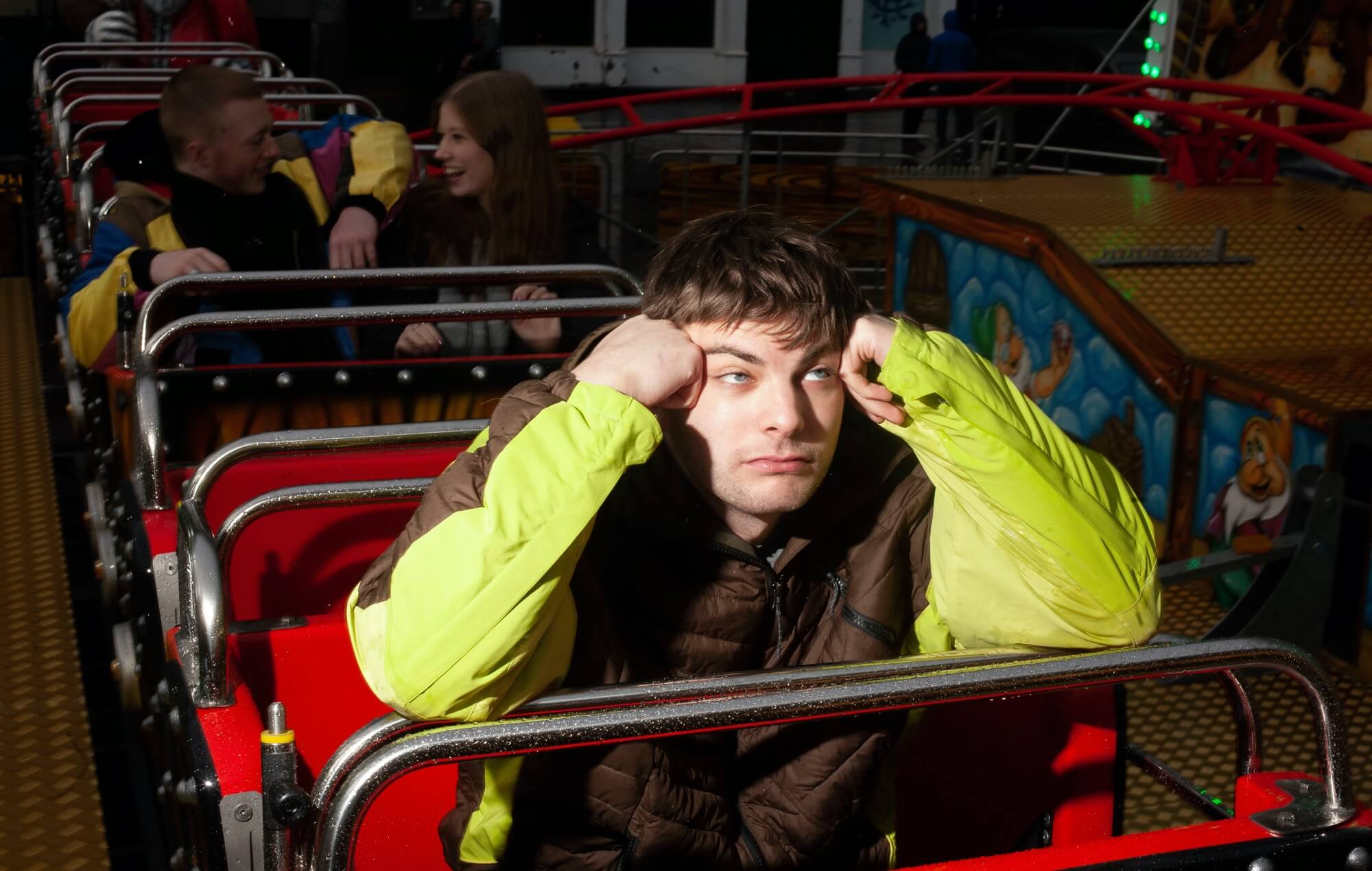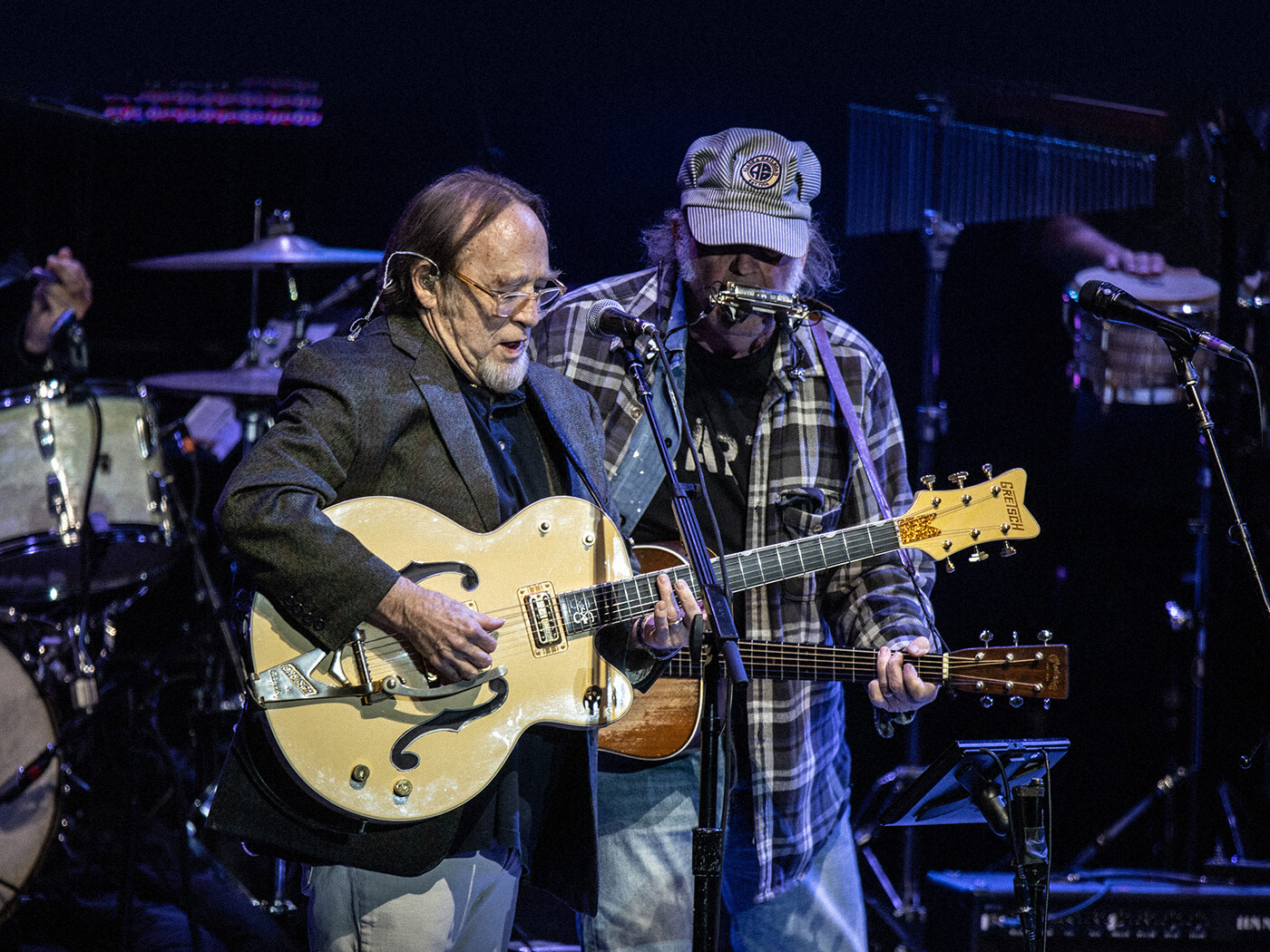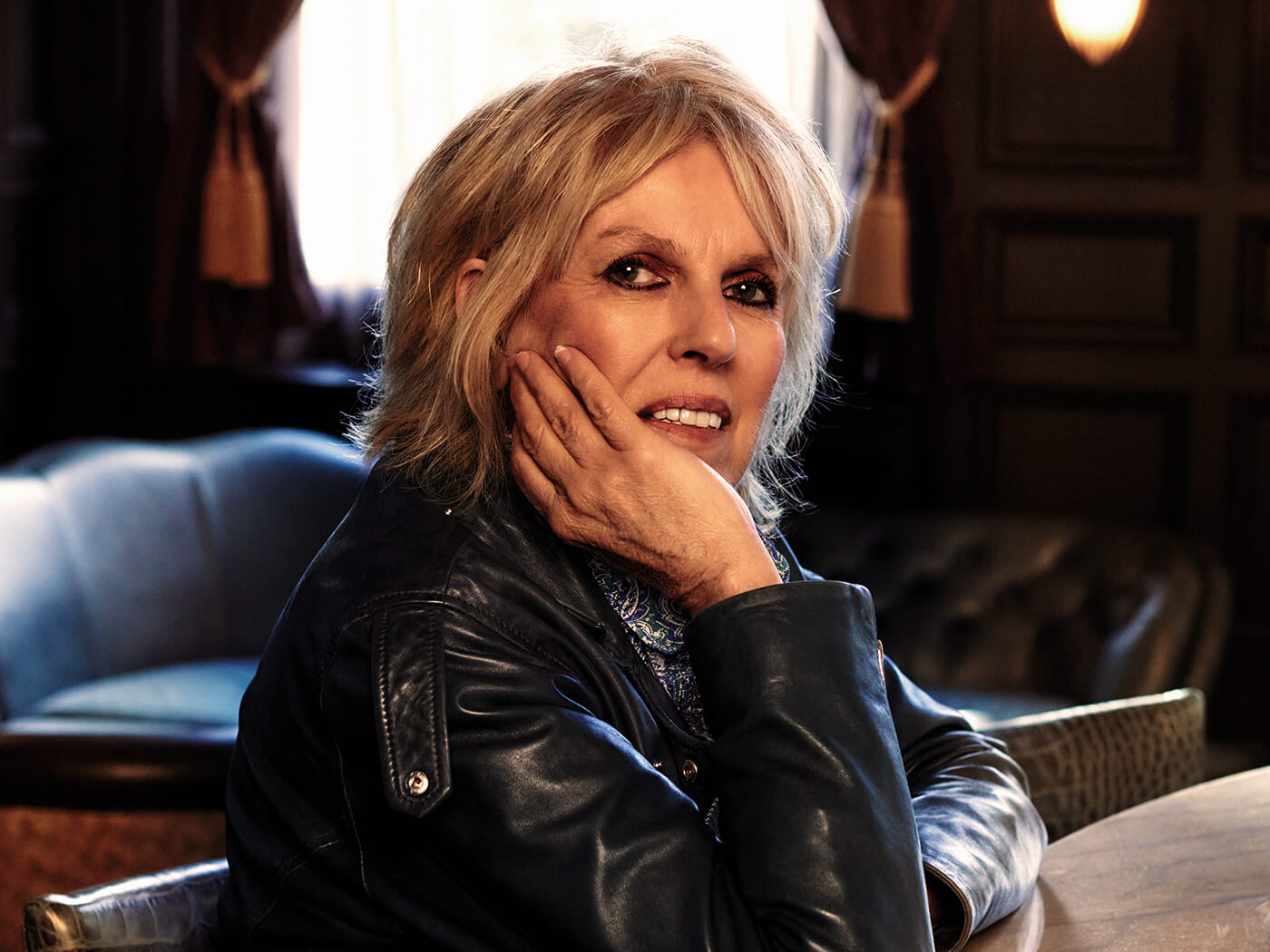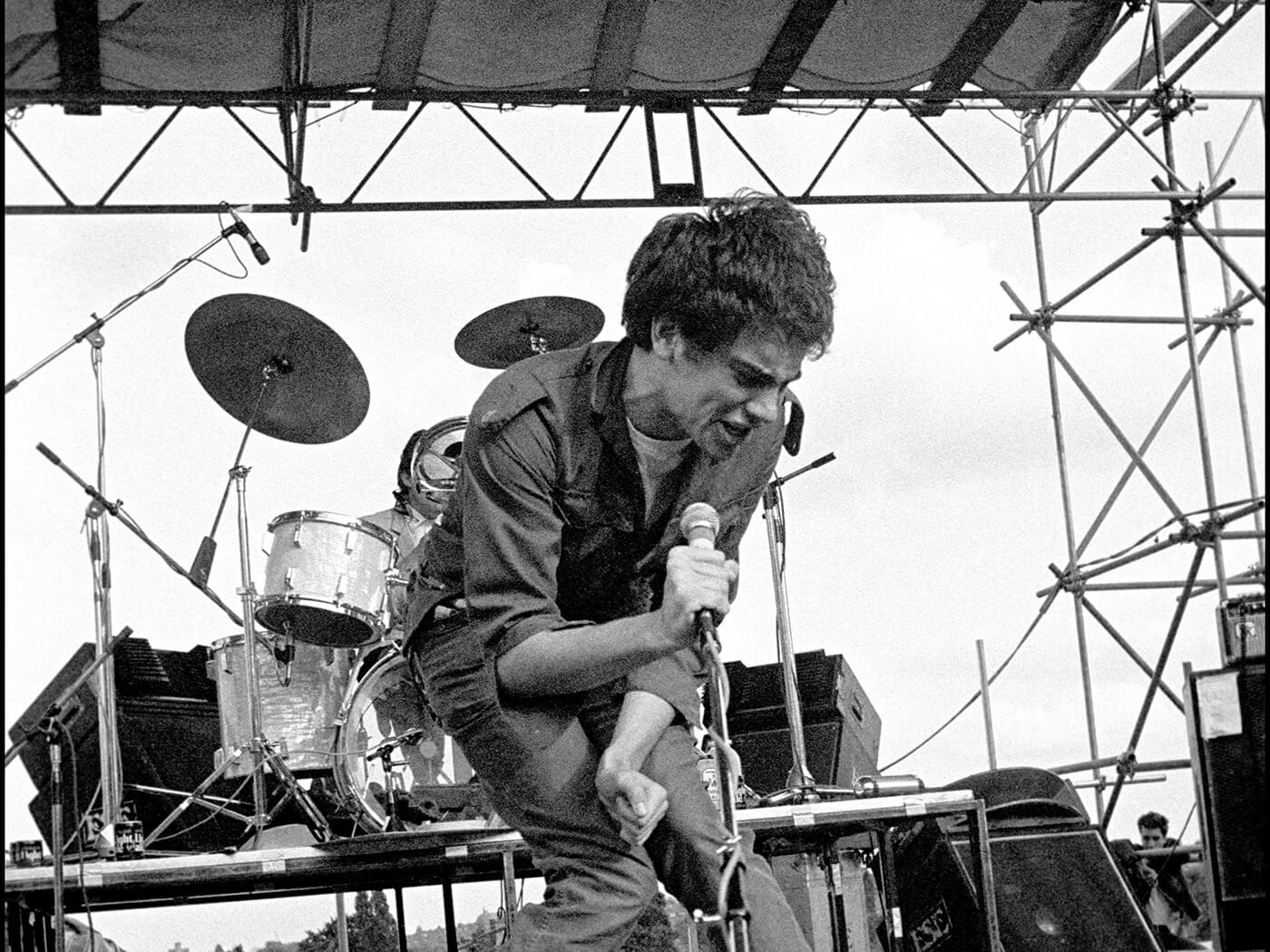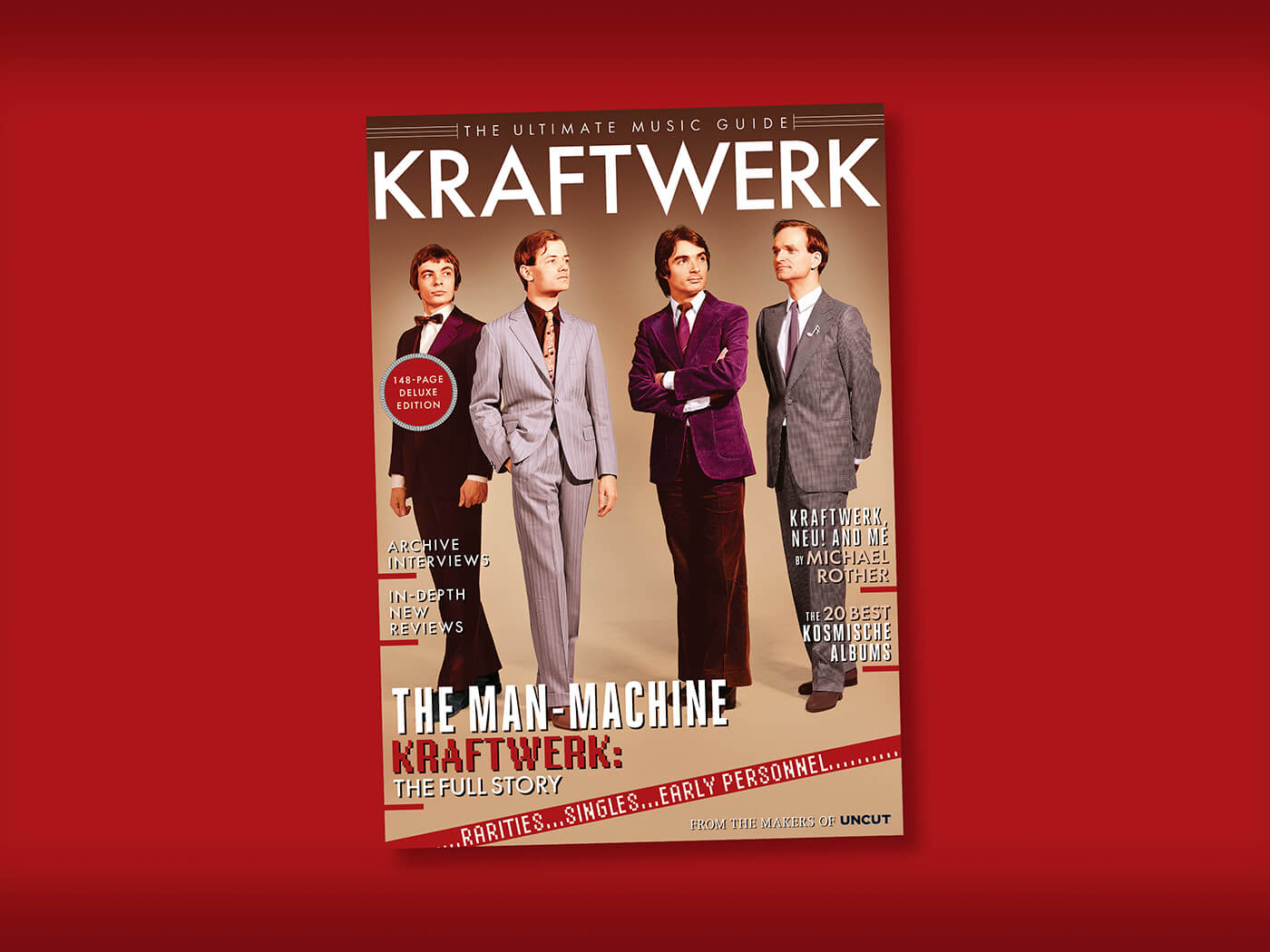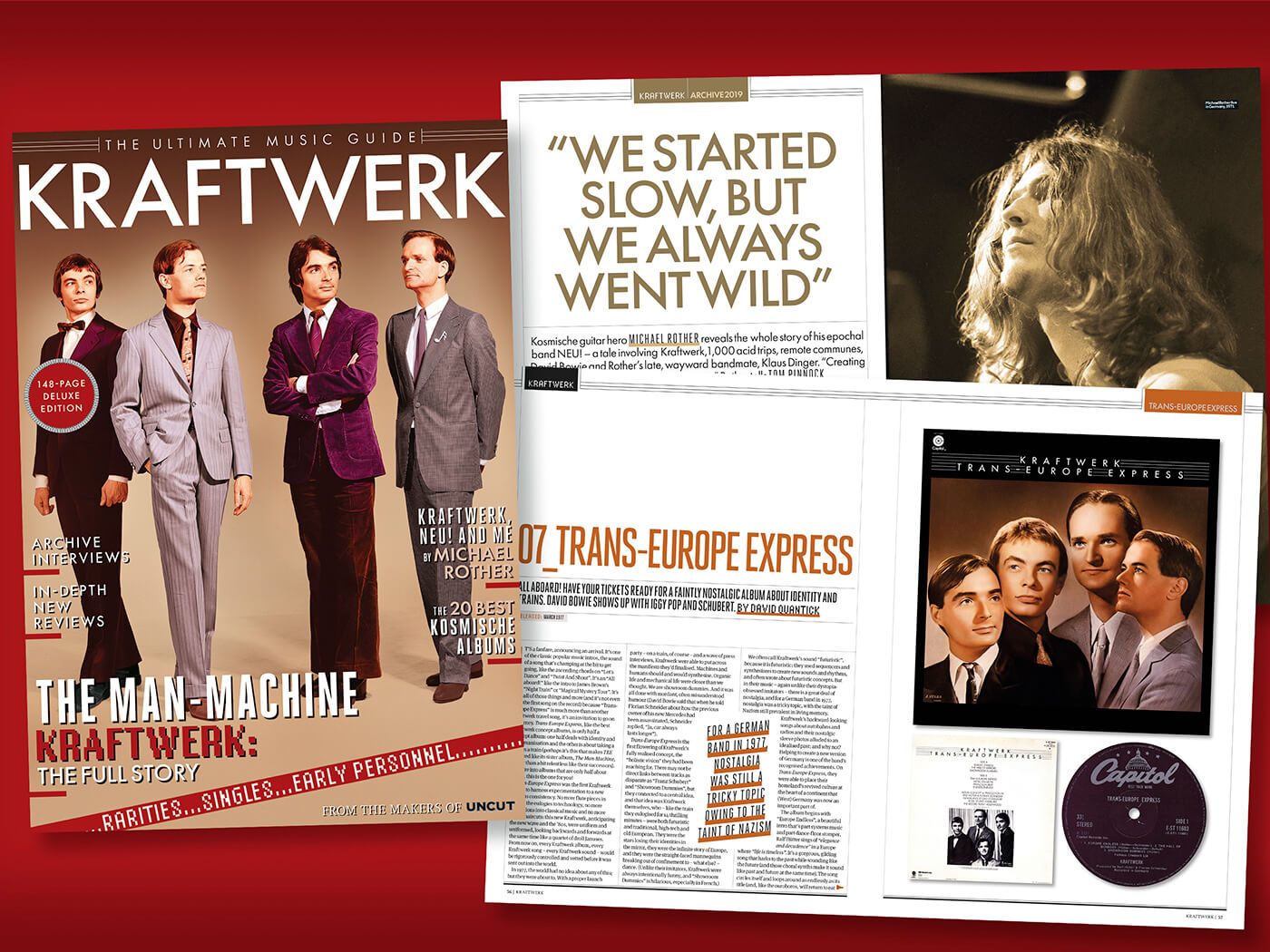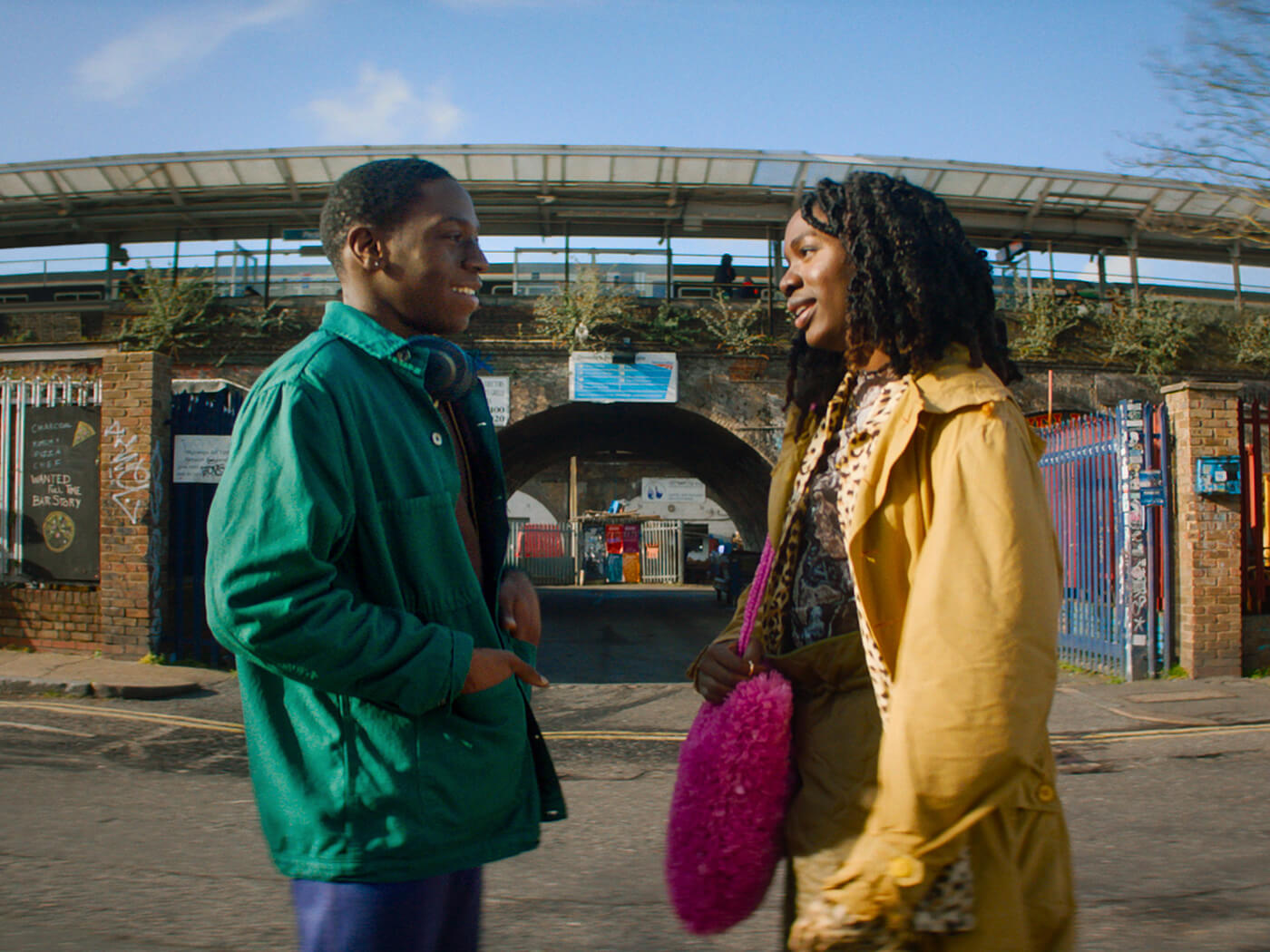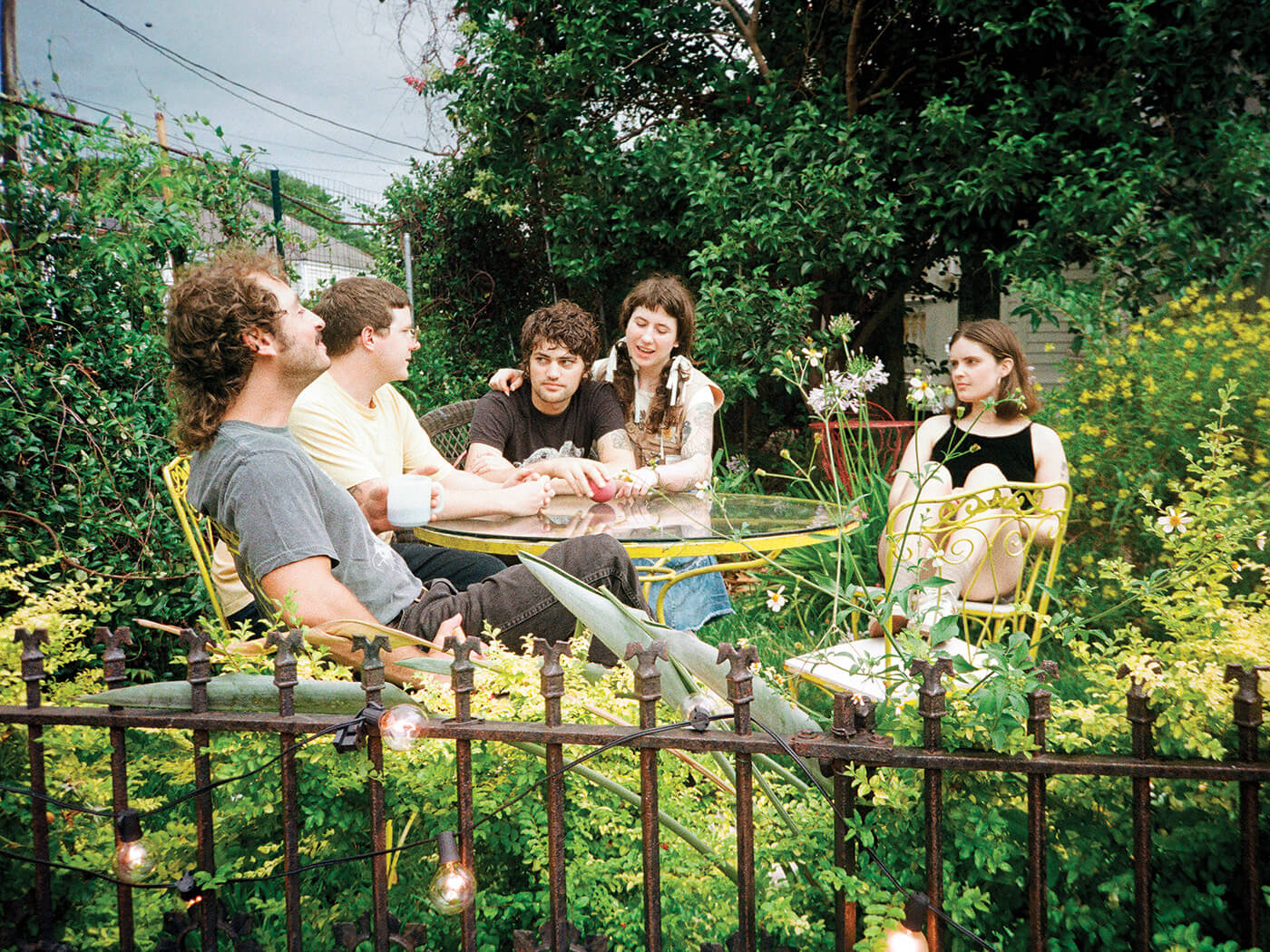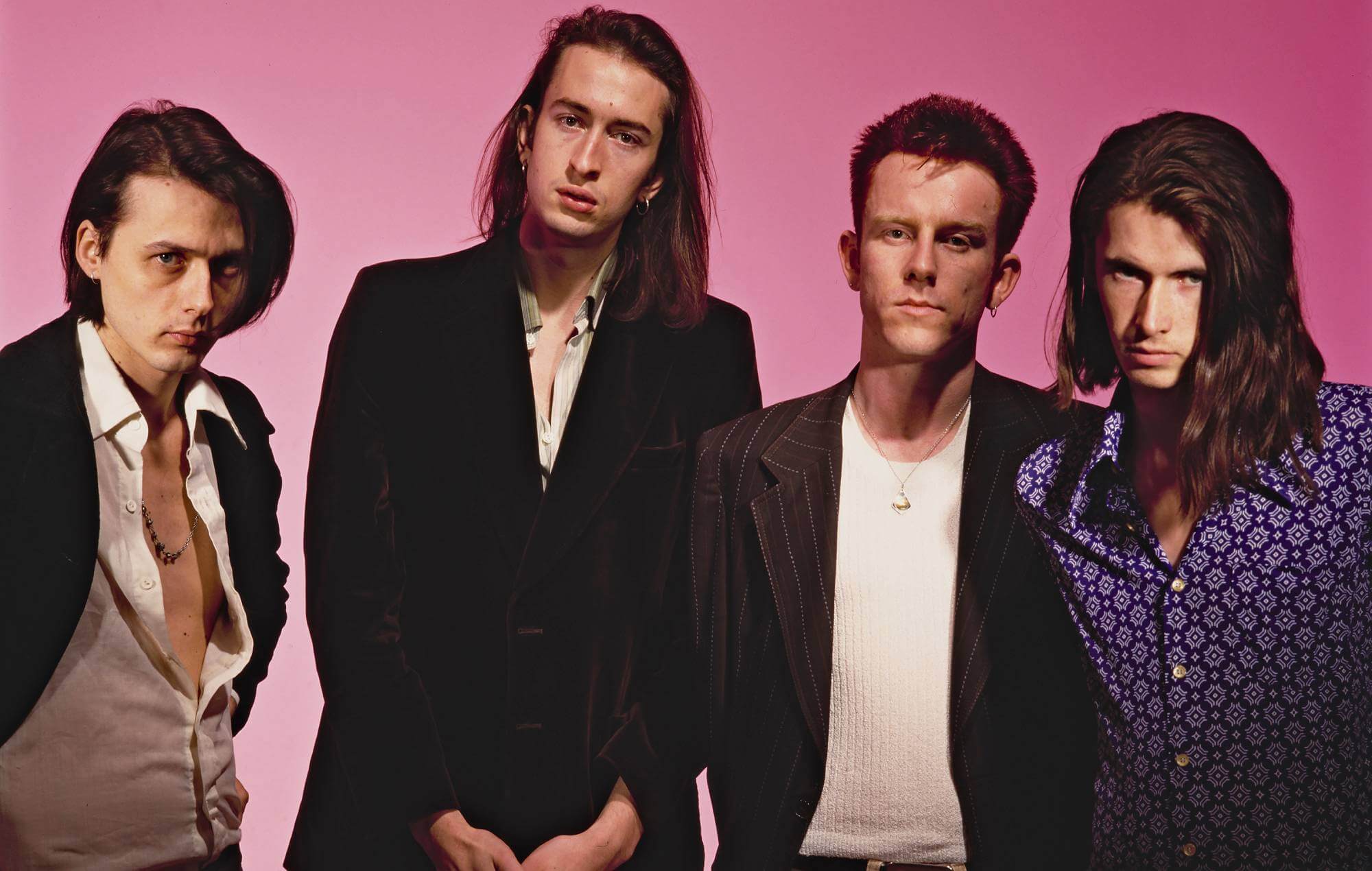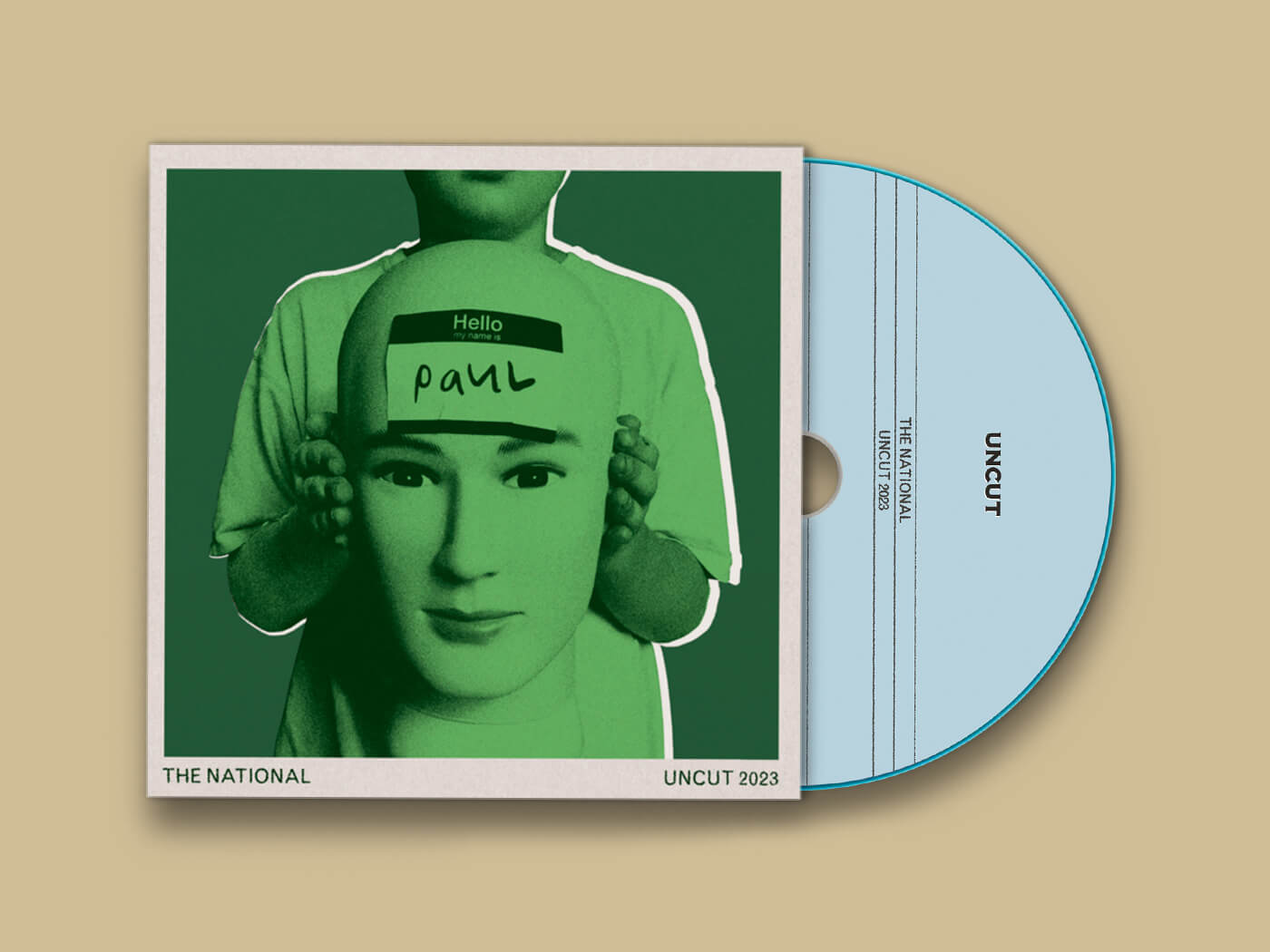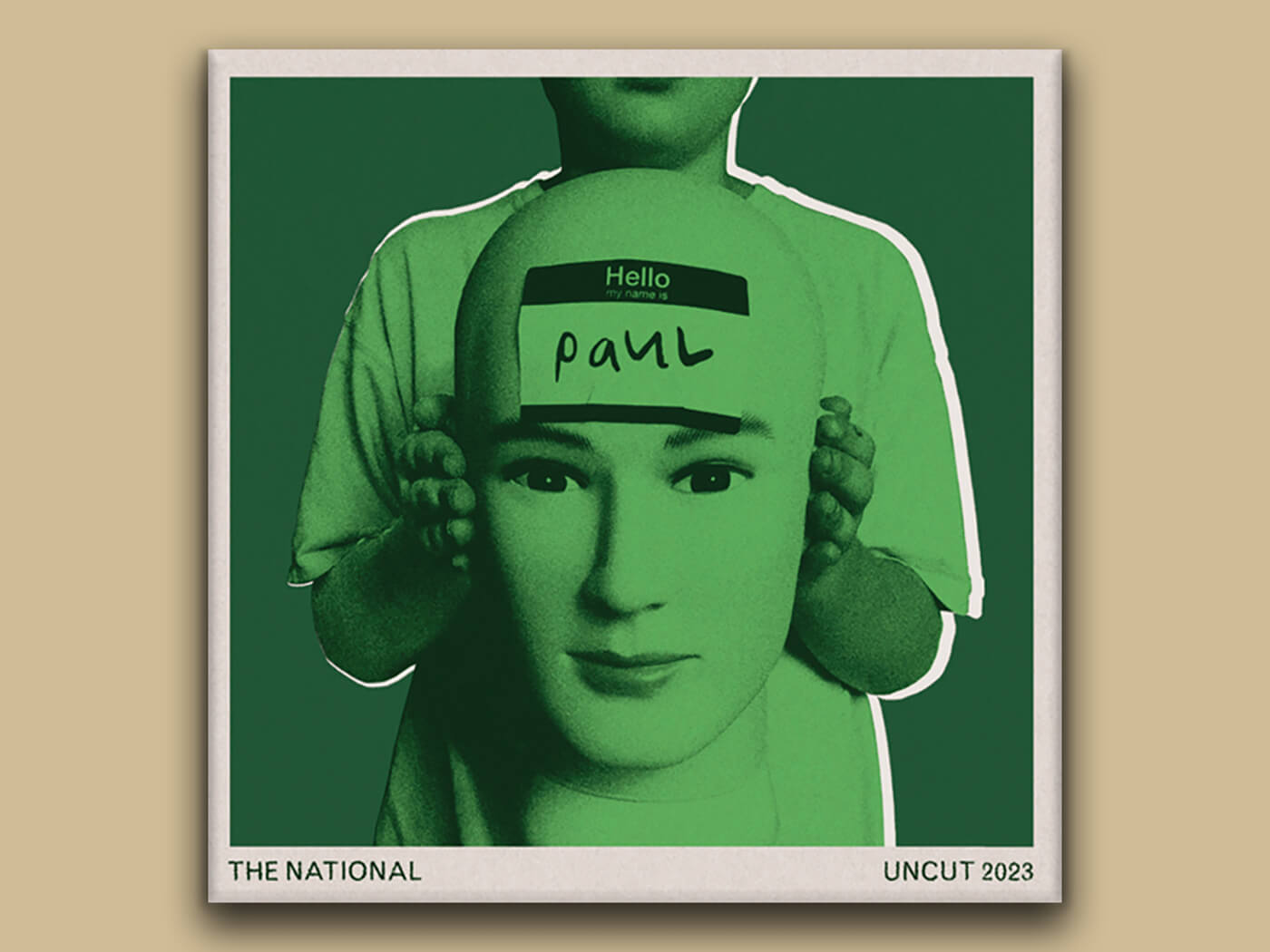The Indications frontman on his love of jazz, pop and storytelling soul: “It allows your imagination to run wild.” Read this and more in our JUNE 2023 issue of Uncut, available to buy here.
DUKE ELLINGTON & JOHN COLTRANE
“In A Sentimental Mood”
IMPULSE!, 1963
That was the very first tune that, when I closed my eyes, I would forget what decade I was in. I had to be around 12 or 13 years old, but it made me feel like I’d lived on this planet before and I knew what this music was. I came across that record through my grandmother, who was a huge jazz fan. I was doing a black history project for school and she mentioned to me how my people, African-Americans, even though we didn’t have royalty, we created the Duke, we created the Count, we had the Queen Of Soul. That was one thing that she really wanted to express to me as a kid, to make me feel empowered. And it worked.
CORINNE BAILEY RAE
Corinne Bailey Rae
EMI, 2006
I’m thinking about stuff that I liked when I was 17 years old, and one record that really stood out for me was Corinne Bailey Rae’s first record. It brings me back to high school, and made me long for love in a way that I’d never longed for before. I think this album was the record where I began to fall in love with love songs. Corinne Bailey Rae’s voice was soulful yet really bubbly and sweet and light and tender and all of these things that we weren’t really hearing on the radio at that time. I just loved the songs that she was writing, I thought they were really cool. She brought a new sound into what was happening in the soul and R&B world, and it was a very beautiful thing to witness.
GORILLAZ
Demon Days
PARLOPHONE, 2005
Gorillaz were such a huge influence on me at a very young age. I’ll never forget the first record, but I was a little bit older when Demon Days came out. I remember waiting in line to get the CD of it at the local music store near my hometown. When I drove home, the record was still going in the car, but I could not get out of my seat – I had to hear the whole thing. The climax on the title track with the choir and the beautiful strings, it was incredible, man. It was a record that taught me peaks and valleys and different shades and colours and tones. It was just a masterful display of artistry that I’m still enamoured by to this day.
JOHN LEGEND
Once Again
GOOD MUSIC/COLUMBIA, 2006
Through this record, John Legend taught me how to tell a story. I love storytelling, especially in art where a lot is left up to the patron. It allows your imagination to run wild and also to get clues from the mood of the music or the different sounds, and I just thought John Legend really did a good job with that record. I did not know that “Save Room” was a sample for the longest time until I heard the original several years later and was absolutely blown away. The tune is called “Stormy”, by Gábor Szabó. It’s so cool to me and absolutely wild at the same time how my generation – and younger – are being introduced to some of these really wonderful tracks from decades ago.
STEVIE WONDER
Hotter Than July
TAMLA, 1980
I was going through a time in my life where I wanted to listen to the entire Stevie Wonder discography from the top down. Hotter Than July is an incredible record, because he starts with a tune that’s inspired by rock’n’roll. Then he moves into some R&B, some dance stuff. He has a country song on there, some reggae. He has “Lately”, which I think is one of the most beautiful ballads he’s ever written. And then he ends it with “Happy Birthday”. Who else can pull that off? “Happy Birthday” was a huge reason why Martin Luther King has a holiday here in the United States, which I think is the ultimate form of making your music political, in the best way possible.
LUTHER VANDROSS
Never Too Much
EPIC, 1981
Luther was the voice of my dad’s generation. This is one record that he would play over and over on the weekends, mainly “A House Is Not A Home” and “Never Too Much”. But digging into this full album – especially during the pandemic, when I would play it nearly every day – I really learned a lot from Luther Vandross about singing with nuance and power. I heard that he was on tour singing backgrounds for Roberta Flack. He played the tunes for her so she could give some feedback and she fired him! She was like, “You can’t be in my band any more – it’s holding you back. You deserve to be front and centre.” And I thought that was the coolest thing.
DIONNE WARWICK
I’ll Never Fall In Love Again
SCEPTER, 1970
It’s basically a record of break-up songs. I don’t think she was aware at the time, but Hal David and Burt Bacharach were on the verge of breaking up around the time they made this record. Which is very interesting to me because some of the tunes don’t sound fully complete. But what I really love about this record is how dynamic her voice was. What she taught me was nuance, how to sing soft. Before listening deeply to Dionne, I was always a big, boisterous singer. She taught me control: how to still have that electricity or brightness in the voice but also softness at the same time. Breath-like. It’s been so fun doing that on stage lately and it’s given me a lot more grace, for real.
OTIS REDDING & CARLA THOMAS
King & Queen
STAX, 1967
This record consoled me late at night at one of the darkest points in my life, and I love it because of that. But also I love the simpático working relationship that Carla and Otis had on the record, where they were just gelling so well. I don’t think Stax could have found a better duo to make a record like this, because it was absolutely incredible, enthralling. Otis Redding horns sound so different from any other soul horns that I hear, and I think it’s because he ran a really tight ship in the studio. He was very specific with what he wanted and needed and he wasn’t afraid to let it be known. I got my respect for that, because it’s not easy to do.
Durand Jones’ debut solo album Wait Til I Get Over is out on May 5 via Dead Oceans


